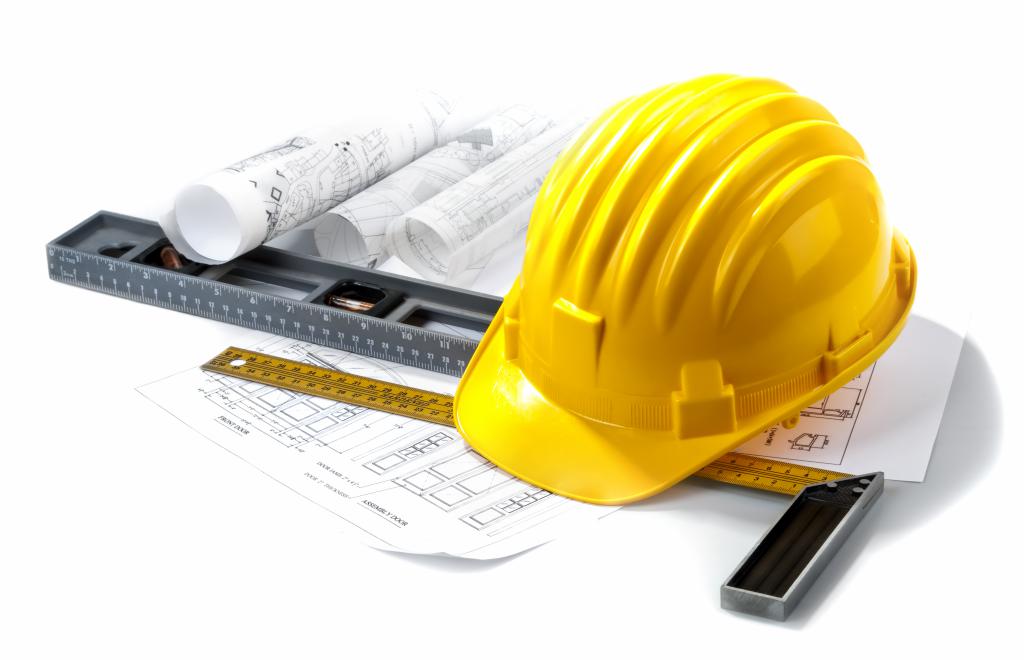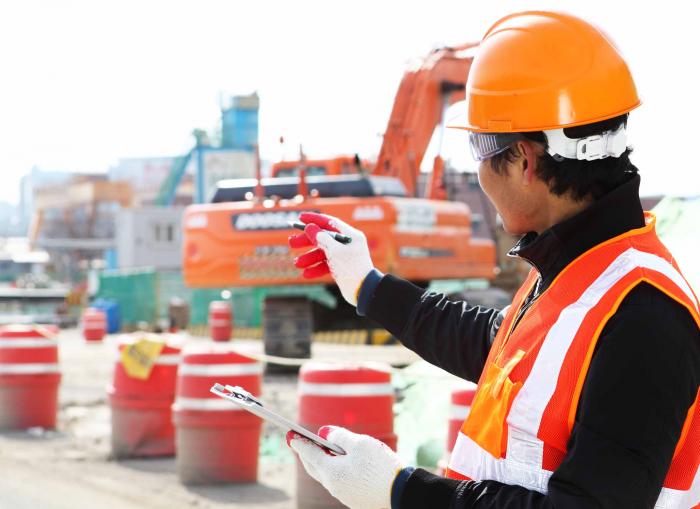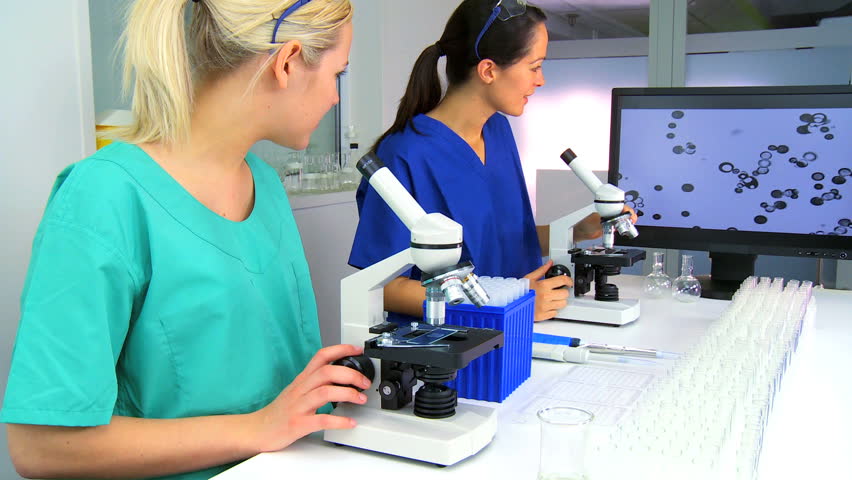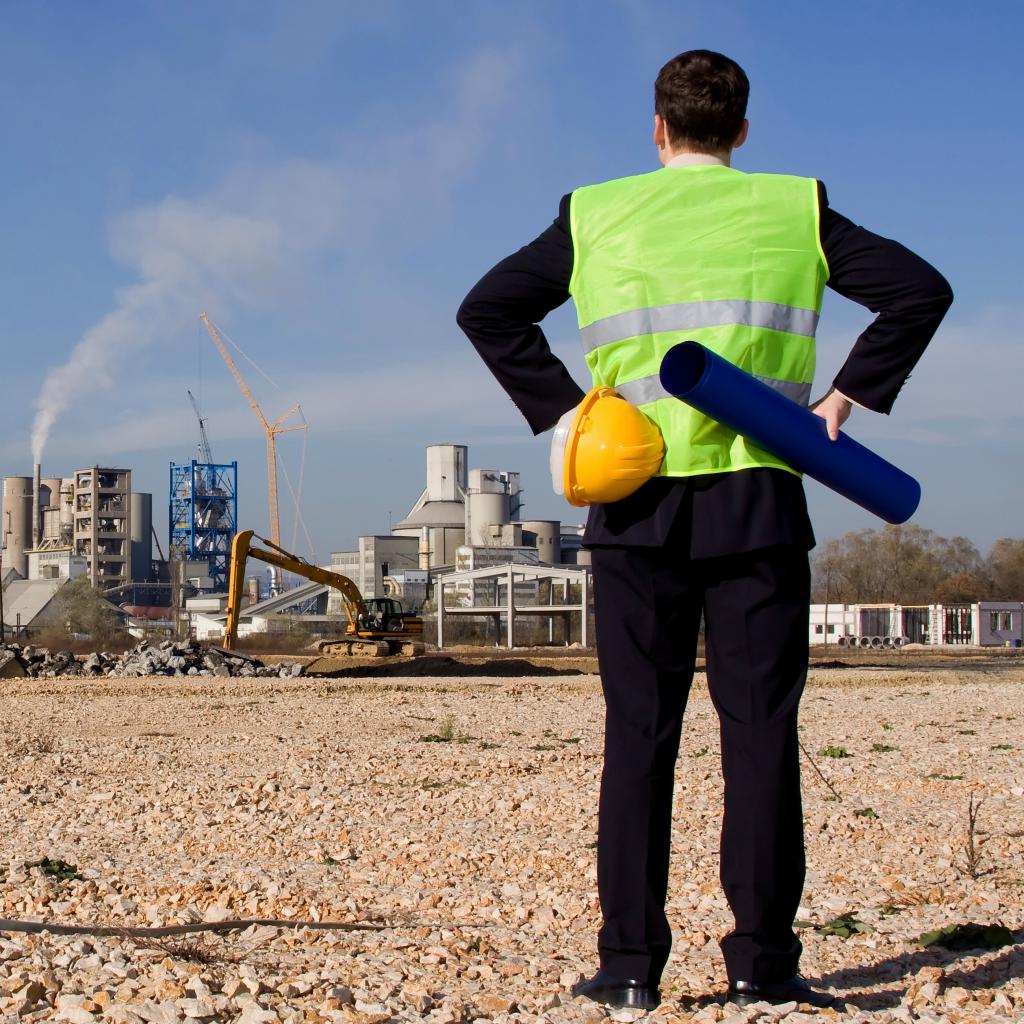Until 2014, in order to determine the conditions under which employees carried out their activities, enterprises held such events as certification of employees' places, as a result of which the degree of harmfulness of a particular production was determined. According to the results of the work of the certification commission, workers of such production were assigned various compensations.

But starting from January 1, 2014, in accordance with the Federal Law No. 426-ФЗ (dated December 28, 2013), completely new measures were regulated to determine a special assessment of working conditions (CUT). Apparently, there were good reasons for the appearance of such a document. What is a special assessment of working conditions? Let's get it right. After all, "not the gods burn the pots."
What is this procedure?
What is a special assessment of working conditions? This is a whole range of measures, which is aimed, first of all, at identifying all production factors dangerous and harmful to human life and health. Members of the commission take samples and make analyzes. After comparing the obtained data with standard indicators, experts give an assessment of how negative factors affect the physical and psychological state of employees.
We continue to consider what it is - a special assessment of working conditions? First of all, it is a progressive technology, which is in the best way close to world practice. This is an updated mechanism for the formation of a specific package of compensations and guarantees for workers who have to work within the framework of harmful production cycles.

Now it’s becoming clearer what it is - a special assessment of working conditions? This is the cornerstone of the current labor protection system for workers. This is a new algorithm for calculating pension and social contributions.
The purpose of the special assessment of working conditions
Working conditions in any industry are divided into classes and subclasses, in accordance with which workers are assigned certain compensations and benefits.
Important! In contrast to the previous algorithm for calculating compensation, the SOUT system allows you to take into account not just a list of negative factors, but the actual one.
In addition, with the introduction of the new law, those employers who have created favorable working conditions have “breathed freely”. Now they do not need to conduct expensive certification on a regular basis and make additional insurance contributions for each employee. As for the heads of enterprises where “harmful” jobs exist, they apply more stringent requirements to them and also strengthen control. That is, the goal of the SOUT program is:
- a significant improvement in the necessary working conditions;
- reduction in the percentage of jobs characterized by "harmfulness" in the total volume of production.

At what enterprises should such a procedure be carried out without fail?
In accordance with the law, the duties of almost all employers are charged with the conduct of such an order as the determination of the SUT. This applies to all companies and enterprises:
- who have not heard of such an event as certification of workplaces and, of course, have not conducted it before;
- who have heard and conducted, but the deadlines for taking its results into account have long expired;
- in which new jobs have been created or a change in the technological cycle has occurred.
Not to carry out SOUTH can only:
- Individual entrepreneurs who created jobs exclusively for themselves, that is, self-employed citizens.
- Individuals who work under an employment contract (for example, working at home), and do not have IP status.
- Civil servants included in a certain limited list: in order to maintain state secrets.
Important! Organizations in which the certification was held shortly before the entry into force of Federal Law No. 426 may temporarily (before the expiration of five years) not conduct a TEC, since during this period the results of the last inspection will be taken into account.
How often do such a procedure
The frequency of a special assessment of working conditions (planned) should not be more than once every five years. This happens only if nothing changes in terms of working conditions.
On a note! Otherwise, you will not "get out" of the SOUT, which will have to be carried out unscheduled.
The frequency of a special assessment of working conditions is enshrined in the legislation of Russia, and the timing of its subsequent implementation depends on the date of the previous SOUT.

Important! Once again, we recall that according to the requirements of the Order of the Ministry of Health and Social Development of the Russian Federation under number 342н (dated April 26, 2011), all the results of the certification audit carried out before January 1, 2014 are valid for 5 years starting from the day it was held. This postulate does not work if there is an urgent need to conduct a TJS in an unscheduled mode.
Who is authorized to implement SOUT?
The commission for a special assessment of working conditions includes experts invited from outside (that is, not employees of the enterprise) and representing the executing company. In addition to them, the number of inspectors includes a group of people (an odd number) from the employer, which includes a specialist in labor protection issues and a representative from the trade union organization (if one is available).

A third-party company implementing the SOUT must meet the following mandatory requirements:
- In the certificate of permission for entrepreneurship, the main type of commercial activity should include a special assessment of working conditions.
- The employees of this inspection company must have certificates of a certain type, which give the right to carry out such a procedure as a self-contained system. The minimum number of such employees is five. And one of these five should be a doctor dealing with occupational health issues.
- The organization should include a laboratory (with authority), in which it is possible to conduct research and analysis to identify harmful and dangerous substances.

Classification of working conditions
Working conditions are classified into several categories:
- very dangerous;
- harmful;
- quite acceptable;
- optimal.
On a note! If the commission in its entirety does not identify any AFPF in the workplace, then the employer is issued a special document called a declaration (for a period of five years), in which there is a conclusion that the working conditions comply with all state standards. If during this period no accidents are recorded at the factory, the document will be renewed automatically.
Mandatory stages of the SOUT
This procedure is fully regulated by the Order of the Ministry of Labor dated January 24, 2014 No. 33n (the methodology for conducting a special assessment of working conditions). The sequence of events is as follows:
- First you need to make sure that there are AFPFs or their absence. There is no third.
- Then they need to be measured and, of course, subjected to thorough research.
- Depending on the results obtained, assign the working conditions to one or another class. Everything is pretty elementary.
- And the final stage is to document all the results and conclusions.
Important! Inspectors conducting the T&CS must strictly comply with all the requirements set out in Methodology 33n of conducting a special assessment of working conditions. An exception is the study of the working conditions of employees who have access to information that has the stamp “state secret”.
Key events
The main activities should be carried out in accordance with the Methodology for the special assessment of working conditions 33n. Spend them in several stages:
- The head of the company or organization enters into a contract with the executing company, which stipulates all the conditions for the conduct of the control system.
- The full commission approves the schedule of the verification procedure. It also clarifies the list of all places that will be subjected to a special assessment of working conditions (33n methodology).
- Experts bypass all jobs and begin to work with each individual object.
- An employee of the executing company provides a detailed description of the working environment and the process of labor itself with regards to a particular place of the employee; and also tries to identify the sources of AFPF.
- Then the process of establishing the existence of acceptable coincidences between the chemical components and factors of the production environment begins; as well as directly by labor processes that are related specifically to the place of the employee (in fact) and provided for in the classifier, which is regulated by law.
- Carries out all the necessary activities related to testing and research, exclusively within the framework of the audit for OVRF.

- In accordance with the procedure for conducting a special assessment of working conditions, the employee of the executing company studies the documentation provided by the employer: job descriptions; specifics of the process technology; technical documentation for the production equipment that the employee uses in the course of his work; characteristics of the raw materials used; design documents for the construction and reconstruction of facilities on the territory of the enterprise; as well as declarations of conformity, the results of previous inspections and proposals received from employees to improve their working conditions.
- Compares the names of the places of workers.
- If they fully coincide with the names indicated in a special document, namely, in the classifier (all in accordance with the procedure for conducting a special assessment of working conditions), the expert identifies them as very dangerous and rather harmful.
- In case of their complete discrepancy, indicates in the report that no AFPFs were found at the workplace.
- Working conditions may be deemed admissible if AFPFs have not been identified at all.
Important! In this case, tests and measurements of phase conjugation are not carried out. And the director has every reason to submit such a document as a declaration, which confirms the fact that working conditions fully comply with state standards.
- A professional expert of the executing company records all the results of the audit documented and submits a executed report on a special assessment of working conditions to a court of a highly qualified commission.
Important! If one of the inspectors is not satisfied with the report on the special assessment of working conditions, then he has the absolute right to express in writing his point of view on this issue in a separate document. Then he will be attached to the report. This opinion can play an important role in the future.

- After all the clarifying information is added to the report on the special assessment of working conditions, the data is entered into the global information accounting system.
Unscheduled SOUT
The reasons for the unscheduled SOUT can be:
- Formation of a new company or enterprise.
- Commissioning of additional protective equipment, as well as taking measures to reduce the level of harmfulness.
- Changing the production process, as well as replacing a set of equipment with a new one.
- The use of new materials not yet used in this production, materials and raw materials.
- Commissioning of newly organized work places.
- Prescription of state authorities (e.g. Labor Inspectorate).
- Occurrence of industrial accidents.

- The requirement of an elected body, which is designed to express the interests of workers (for example, a trade union cell).
- Identification of workers' occupational diseases provoked by harmful production.
Important! If one of the above situations arises, then the special assessment must be carried out within 6 months (to be more precise, within 180 days, and not a day later).
What is subjected to special assessment?
Members of the commission, working on the territory of the customer and conducting a special assessment of working conditions, establish and verify all jobs. Moreover, similar places of work are studied as one. This is quite rational. That is, if 4 people work in shifts on a single vehicle, then only one workplace must be subjected to special pricing, namely, the driver's seat. But the results of the audit will be distributed to all 4 employees. The commission’s work begins with first determining the number of jobs studied, then their exact locations, the degree of lighting, air conditioning, ventilation, and so on and so forth (all in accordance with the instructions and regulations). The minimum number of checked jobs is two.
Places of workers may be considered similar if they meet the following requirements:
- have the same names;
- Equipped with identical protective equipment;
- are in rooms of the same type;
- revealed the use of the same engineering schemes and objects of labor.
How important is this procedure for both parties?
A procedure such as a SOUT is important not only for each employee, but also for the employer to no lesser extent. The fact is that for the latter it is important in terms of compliance with Russian legislation. And as a law-abiding citizen, in order to avoid various punishments, any leader is interested in carrying out a JUT on time. Moreover, the FSS of Russia takes all the costs of the audit.
On a note! The company, in the case of fixing satisfactory working conditions, can rely on certain concessions regarding contributions to Social Security. Harmful workers can claim certain benefits, for example, early retirement on a well-deserved pension.
Who is responsible for the untimely implementation of the SUT?
In accordance with the legislation, all responsibility falls on the shoulders of the head, who is also responsible for all violations, including for the untimely conduct of the SOUT (or even worse - not to carry out such a procedure).
It is the employer who must organize and provide such events as a physical examination on a regular basis; the issuance of personal protective equipment, protective clothing and additional food; the establishment of a working day shortened in duration; provision of certain benefits and compensations; as well as additional stock deductions and much more.
If the director evades carrying out such events, then he may be held administratively or even criminally liable (depending on the severity of the harm caused to the employee). Therefore, do not delay the “wonderful moment” called SOUT. And it’s better to conduct this event as soon as possible and "sleep soundly."
Recent changes to the special assessment of working conditions
Federal Law No. 136 (dated May 1, 2016) on some changes in the special assessment:
- Regarding the filing of a declaration confirming the fact that working conditions at work are fully consistent with state standards.Earlier, more recently, it could be issued only if certain places of employees were not identified for AFPF. Now, a similar document can be drawn up for places that were qualified by members of the commission as quite acceptable or optimal.
- The exploitation of new places for work, the replacement of a set of equipment with a new one or a change in the algorithm of a technological process entail an unscheduled check, which must be carried out within a year (i.e. 12 months); in other cases, this period has remained the same, namely, six months.
- The transition period has been extended up to the end of 2020.
- The employee’s rights have been expanded in the sense that he now has the right to submit objective proposals to his manager to improve his working conditions.
- The organization implementing the SOUT must be provided in full with all necessary documentation and oral explanations about the workplace under study.
- Experts conducting an independent audit should be guided in their work by uniform methods.
- The organization performing the SOUT (starting in 2016) should transfer the received and approved results of the SOUT to the FSIS (decoding - Federal State Information System).
- If on May 1, 2016 the working conditions in the company were qualified as optimal or permissible (but earlier they were recorded as harmful or dangerous), then the manager must necessarily submit the declaration of conformity to state standards in an edited form, indicating the jobs.
